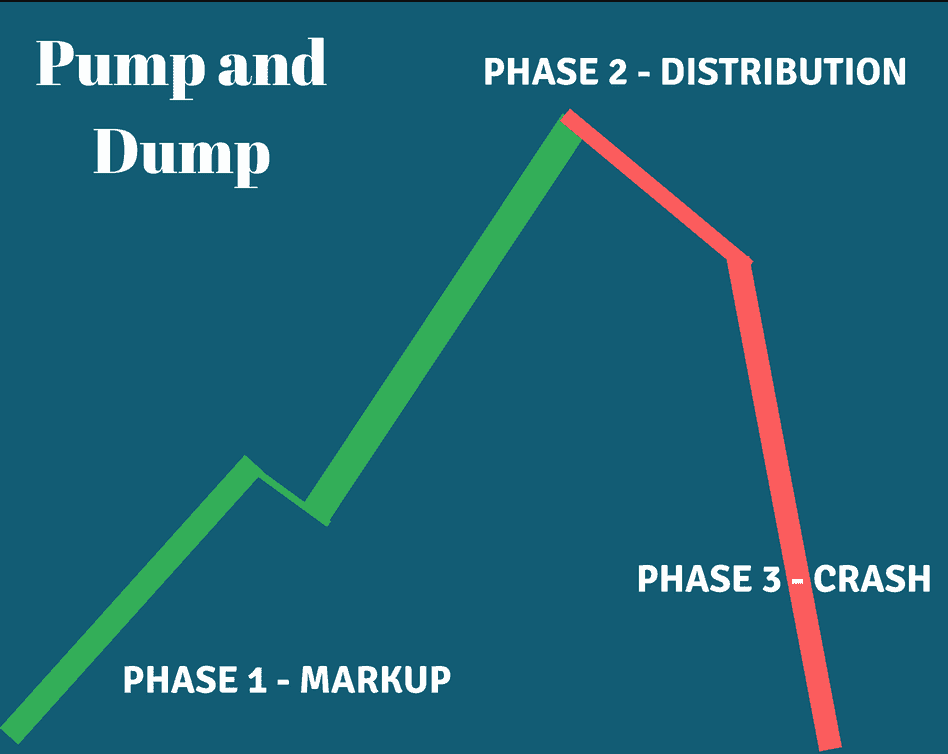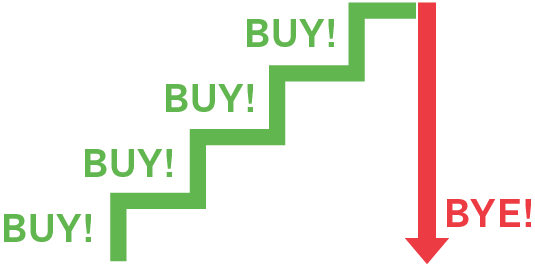In the fast-moving world of financial markets, especially in penny stocks, you might hear the phrase "pump and dump." This term is often associated with explosive gains, equally rapid losses, and questionable ethics. But what exactly is a pump and dump? Is it illegal? And how can investors protect themselves from falling victim to these schemes?
This in-depth guide explores their definition, how they work, why they're illegal in many countries, and what regulatory bodies are doing to prevent them.
What Is a Pump and Dump?

A pump and dump is a form of market manipulation in which the price of an asset, usually a low-value stock, is artificially inflated through false or misleading statements. Once the price has been "pumped" up and retail traders start to buy in, the manipulators then "dump" their shares at a profit. After the sell-off, the price collapses, leaving unsuspecting investors with significant losses.
This scheme often involves aggressive promotion via email newsletters, social media platforms, messaging apps, or trading forums. The goal is to create artificial hype and fear of missing out (FOMO), luring inexperienced traders into buying a worthless or overvalued asset.
The Classic Pump and Dump Cycle
Pump and dump schemes tend to follow a predictable cycle:
1) Accumulation Phase
The perpetrators secretly accumulate a large quantity of a low-volume stock or cryptocurrency at a low price.
2) Promotion Phase
Using email spam, social media influencers, or online forums, the asset is hyped with exaggerated claims, fake news, or misleading analysis.
3) Pump Phase
As more people buy in, the price rises rapidly. Trading volume increases, drawing attention from even more traders.
4) Dump Phase
The original promoters begin to sell (dump) their holdings at elevated prices. As they exit, the price crashes, and late buyers are left with steep losses.
This cycle can unfold over hours or days and typically targets securities with low liquidity, where price manipulation is easier.
Is Pump and Dump Illegal?
Yes, it is illegal in most countries, including the United States, the United Kingdom, Canada, and India. Regulatory agencies consider it a form of securities fraud, punishable by fines, trading bans, and even imprisonment.
Why It's Illegal
The core reason pump and dump schemes are illegal is that they involve intentional deception and manipulation. They violate fundamental principles of fair and transparent markets by distorting prices and misleading investors.
Key Regulatory Bodies That Enforce the Law
United States: The Securities and Exchange Commission (SEC) and Department of Justice (DOJ) aggressively investigate and prosecute pump-and-dump schemes under various securities laws, such as the Securities Exchange Act of 1934.
United Kingdom: The Financial Conduct Authority (FCA) enforces similar laws under the Financial Services and Markets Act 2000, targeting market abuse and fraud.
Real-World Examples
1. Wolf of Wall Street (Jordan Belfort)
One of the most infamous pump-and-dump schemes was operated by Jordan Belfort in the 1990s through his firm Stratton Oakmont. He used high-pressure sales tactics to promote worthless penny stocks, generating millions in illicit profits before being caught by the SEC. His story was later dramatised in the movie The Wolf of Wall Street.
2. GameStop and Meme Stocks
While GameStop's 2021 surge is not officially considered a pump and dump, it raised concerns about market manipulation via social media platforms like Reddit. The WallStreetBets community coordinated to drive up the stock's price, which led to investigations into whether the behaviour bordered on illegal manipulation.
How Pump and Dump Schemes Spread and Why Investors Fall For It?

Previously, cold calls and faxed stock tips were the tools of choice. Today, schemes spread much faster due to digital platforms. These include:
Social Media: twitter, Reddit, Facebook, and Instagram allow fake influencers to hype up stocks with large audiences.
Messaging Apps: Telegram, Discord, and WhatsApp are commonly used to create private groups.
Email Newsletters: Many newsletters masquerade as genuine analysis while being paid promotions.
YouTube and TikTok: Fake experts use these platforms to provide "technical analysis" or news updates about micro-cap stocks or altcoins.
These communication methods make it easy to reach a global audience quickly, increasing the chances of a successful manipulation.
Why Investors Fall for Pump and Dump Scams
Pump and dump schemes exploit emotional investing, especially among inexperienced retail traders. Common psychological triggers include:
Fear of Missing Out (FOMO): As prices rise quickly, traders don't want to miss out on potential profits.
Greed: The prospect of quick, high returns entices people to ignore red flags.
Confirmation Bias: When social media and influencers echo the same sentiment, traders believe the hype is real.
Lack of Due Diligence: Investors fail to research the company's or project's fundamentals before buying in.
Understanding these triggers can help investors build psychological resilience and avoid impulsive decisions.
How to Identify and Protect Yourself
Warning signs include:
Unusual Price Spikes: Sudden increases in price without any fundamental news or earnings report.
Low Volume: Stocks or tokens with historically low trading volume that suddenly surge.
Aggressive Marketing: Over-the-top claims like "10x in one week!" or "Next Tesla" should raise red flags.
Paid Promotions: Fine print often reveals that the person hyping the asset is being compensated to do so.
Unverified Claims: Vague statements about partnerships or acquisitions with no credible sources.
Always verify the information through official filings, trusted financial news outlets, or regulatory websites.
How to Protect Oneself?
1. Do Your Own Research (DYOR)
Before investing, evaluate a company's fundamentals—its earnings, business model, management team, and regulatory filings.
2. Avoid Unregulated Assets
Micro-cap stocks and small cryptocurrencies are more prone to manipulation due to their low liquidity and lack of oversight.
3. Use Reputable Brokers
Choose brokers with regulatory oversight. They often have controls to prevent trading in highly volatile or manipulated assets.
4. Set Stop-Loss Orders
These can automatically sell your position if the price falls below a certain level, helping you limit losses.
5. Watch Trading Volumes
Sudden spikes in trading volume often precede pumps. Keep an eye on volume changes to spot anomalies.
6. Don't Chase the Hype
If everyone talks about a stock or coin on social media with no solid fundamentals, it's probably too late, and it could be a setup.
Conclusion
In conclusion, a pump and dump is illegal and a criminal offence that undermines investor trust and market integrity. While it may seem tempting to ride the wave of a fast-moving stock or coin, the aftermath can be financially and legally devastating.
At the end of the day, long-term investing based on fundamentals will always be more rewarding—and less risky—than falling for short-term scams.
Disclaimer: This material is for general information purposes only and is not intended as (and should not be considered to be) financial, investment or other advice on which reliance should be placed. No opinion given in the material constitutes a recommendation by EBC or the author that any particular investment, security, transaction or investment strategy is suitable for any specific person.























